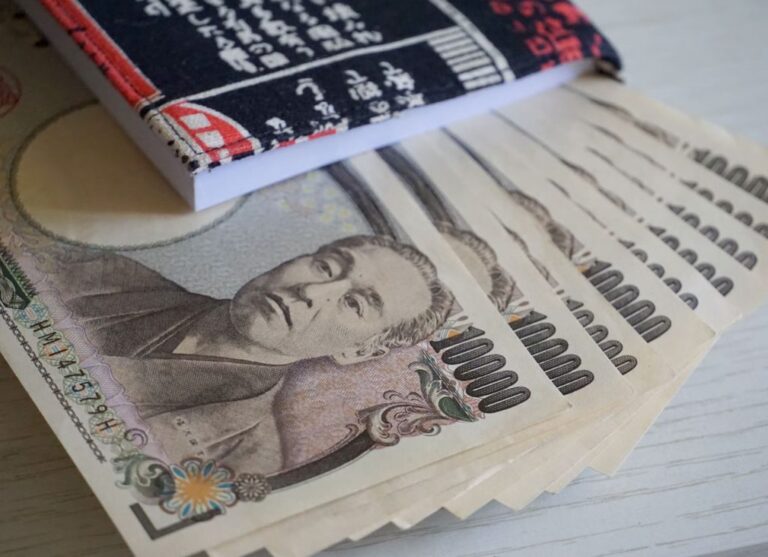
Morning Brief – Get Real
Apart from yet another BRLliant equivocation for a title, pause for applause, it’s apparent that the foreign exchange market is getting worried about equilibrium price action affording a seller of 1 US Dollars 4.2 Brazilian Real. With widespread pension reform hailed to take place in 2019, the market entered 2019 with high hopes for the Real. The start of the year saw USDBRL trade at 3.8. However, due to a lack of political progress on spending reform and legacy concerns the South American currency has weakened by more than 10% year to date.
The 4.2 level is critical with the level having been reached and defended on three separate occasions in the last five years. To add to the significance of this resistance level, the Brazilian monetary authority (BCB), stepped into the open market earlier this week offering 12,000 reverse swap contracts and $600bn in Spot contracts to defend the 4.2 level. Whilst offering the market an insight into the fire power just above current prices might be thought to reinforce the exchange threshold it simultaneously signalled to market participants that the central bank is concerned that it could be broken.
The trade war was also supposed to help Brazil’s capital account and therefore lift the value of its currency, but this hasn’t happened. The main export from Brazil is soybeans – a product that the United States exported $3.1bn worth of to China last year alone. The intuition followed that with a 25% tariff imposed upon the US export, then the geographical composition of Chinese Soybean importation would shift. Alongside an inflated price level, this should have increased the demand for Brazil’s currency as Chinese Yuan or US Dollars were sold to facilitate its purchase.
Despite this expectation, the Real has instead been caught up in risk-off market conditions throughout the year flared up by intensifications in the trade war. It follows therefore that with each conflict and disappointment in trade negotiations the Real continues to lose ground. Against the Pound, the weakness in BRL alongside the rally of 5% in Sterling since mid-October, means that the impact of Brexit is all but wiped out within the currency pair.
With the Real on the cusp of 4.20 having flirted with the threshold yesterday afternoon, the currency is attracting significant attention and elevated trading volumes. Jair Bolsonaro, the President of Brazil, has called for the currency to return back towards 4.0 to the US Dollar. Given that the nation remains a net exporter and economic growth is forecast to be higher next year, it seems that if the BCB maintains its monetary defences and we do finally see a level-1 trade deal we could see the BRL grind higher and restore some value.
In Sterling markets, Bank of America Merrill Lynch has joined market participants including Morgan Stanley and JP Morgan calling for a stronger Pound. In that order, 1.39; 1.40; and 1.33, are the GBPUSD calls for the end of 2020; end of Q1 2020; and mid-2020 respectively. With the highest call from Morgan Stanley some 9% higher than currency spot value, it follows that expectations of a majority in the House of Commons come 12th December and an exit plan underway come 31st January 2020 are on the cards at these banks.
Discussion and Analysis by Charles Porter

Click Here to Subscribe to the SGM-FX Newsletter
Related Insights

Morning Brief – Japanese Yen
Japanese Yen With JPY at a new 34 year low versus EUR, the market is set for an ambush by the Bank of Japan if it acts today at the end of their Policy Meeting to support the Yen. The reason that the market is susceptible is because it has convinced itself that the BoJ […]

Morning Brief – Coalition
Coalition This briefing is about South Africa and the Rand, which frequently proves to be one of the more divisive subjects within our roster of currencies. In particular, with the election looming, this will be about South African governance. Not from a political or human perspective about what may be the best long term outcome […]

Morning Brief – US Tariffs on Chinese Imports
US Tariffs on Chinese Imports Recently we wrote about how Mexico has become the Number One trade partner for the USA. It now transpires that Mexico may have had what is known as a little assist with their numbers: the statistics for the number of 20 foot shipping containers for the first three Quarters of […]



 Humphrey Percy
Humphrey Percy Charles Porter
Charles Porter